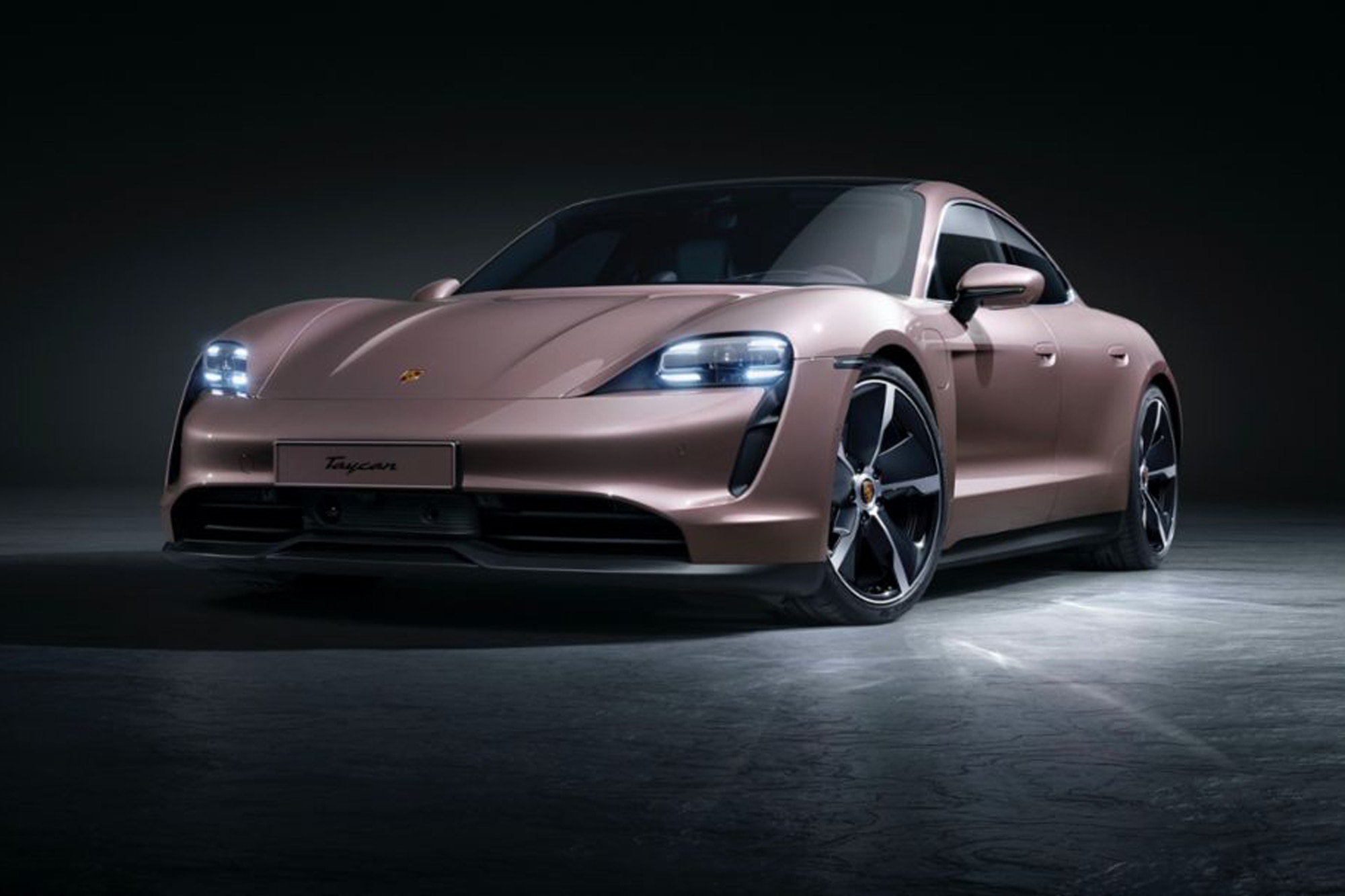The 15 Terms You Need to Know When Shopping for an EV
The electric vehicle world is full of lingo. Here’s a dictionary.
 Porsche
Porsche
Article QuickTakes:
| | | | | | | |
From “BEVs” and “PHEVs” to “kilowatts” and “Level 3” charging, there are a lot of EV-related terms that threaten to overwhelm anyone new to the electric car scene. This guide will help you get your bearings.
Battery electric vehicle (BEV):
An automobile that uses an electric propulsion system and a battery as its sole power source. These vehicles are often called “all-electric.” In many cases, people use the terms EV and BEV interchangeably, but because a hybrid is also a type of electric vehicle, some prefer to use BEV as a distinguishing term.
Federal EV tax credit:
A monetary incentive from the U.S. government, encouraging the adoption of cleaner automobiles by providing new EV and plug-in-hybrid buyers with up to $7,500 off their income tax bill. The amount of the deduction depends on the vehicle’s battery capacity, and if you owe less in federal income taxes than the credit, you won’t receive a check from the government for the difference. Also of note: The government begins to phase out this tax credit after an automaker has sold 200,000 qualifying vehicles, as both General Motors and Tesla have done. The EPA lists current eligibility by model on its
Frunk:
The lidded cavity in the nose of an EV where owners can store cargo. (In most combustion-powered vehicles, you’ll find the engine in this space.) While the frunk—a portmanteau of “front” and “trunk”—has become commonplace in EVs, it’s not yet ubiquitous, with models such as the Volkswagen ID.4 doing without one.
Hybrid electric vehicle (HEV):
An automobile that uses an internal-combustion engine, an electric motor, and a small battery to move. Unlike a plug-in hybrid, this battery can’t receive electricity from an external power source and gets its juice exclusively from an onboard generator.
Kilowatt (kW):
A measure of power used in two different contexts for EVs: Kilowatts can be used to describe the power rating of a car’s electric motor(s) as well as the rate at which a vehicle’s battery can charge. For instance, the electric motor in the base Porsche Taycan produces 300 kilowatts, equal to 402 horsepower. The car’s onboard charger—which manages the flow of electricity from the plug to the battery—can accept up to 270 kilowatts of power from the charging equipment. When charging an EV, you can think of kilowatts sort of like the number of gallons per minute that a gas pump could deliver to a combustion-powered vehicle.
Kilowatt-hour (kWh):
A unit used to express the amount of energy a battery can store, also known as battery capacity. The higher the number, the more juice the battery can hold.
Level 1 (L1):
The slowest of the available charging methods, also known as trickle-charging. This type of unit plugs into a normal 120-volt household outlet and provides three to five miles of range per hour of charge.
Level 2 (L2):
A type of plug that connects to a 240-volt power source and provides between 12 to 80 miles of range per hour. L2 units are the most common type of public station, and EV owners can have them installed in their garages for everyday charging.
Level 3 (L3):
The fastest charging method, providing up to 350 kilowatts of power. An L3 station (aka a DC fast-charger) can restore between 75 and 1,200 miles of range per hour.
Miles per gallon-equivalent (MPGe):
An efficiency measurement that aims to equate an EV’s electricity usage with an internal-combustion car’s fuel usage. One gallon of gasoline has the same energy content as 33.7 kWh of electricity, so an automaker can determine an EV’s MPGe rating by seeing how many miles said vehicle can travel on 33.7 kilowatt-hours of energy. All manufacturers follow specific testing procedures to determine these numbers and submit their documentation to the EPA, which publishes the results on the vehicle’s window sticker and on fueleconomy.gov. Consumers can then use these numbers to compare vehicles with different powertrains.
Regenerative braking:
A process of energy recovery, wherein an EV’s electric motors recapture would-be-wasted kinetic energy during deceleration and send it to the battery. Regenerative braking improves the efficiency and increases the range of hybrids, PHEVs, and BEVs.
One-pedal driving:
A feature of many EVs where, when the driver lifts their foot off the accelerator, the car engages sufficient regenerative braking to bring the vehicle to a stop without the use of the conventional friction brakes.
Plug-in hybrid electric vehicle (PHEV):
An automobile with an internal-combustion engine, an electric motor, and a modest-size battery capable of receiving electricity from an onboard generator or regular EV charging equipment (such as a Level 2 station). These vehicles can usually cover between 10 and 50 miles on electricity alone while the engine provides the long range and fast refueling capability of a gas vehicle.
PlugShare:
A free, crowdsourced app that allows users to find nearby EV charging equipment and leave reviews and pictures of those stations.
Range:
The number of miles an EV can travel on a full charge, as determined by EPA test methodologies. Battery capacity along with efficiency (in MPGe) determine the vehicle’s expected range, much like fuel tank capacity and mpg determine range for a gas or diesel vehicle. A vehicle’s actual range may vary from this number, though, depending on things such as the ambient temperature, an owner’s driving style, climate control usage, and more.



